 The holidays are a time of joy, celebration, and indulgence, but they can also disrupt our daily routines. Whether you’ve been traveling, enjoying family time, or indulging in festive foods, getting back into a fitness and nutrition routine can feel daunting. If you’re ready to refocus and regain your momentum, here are some practical tips to help you reset and thrive.
The holidays are a time of joy, celebration, and indulgence, but they can also disrupt our daily routines. Whether you’ve been traveling, enjoying family time, or indulging in festive foods, getting back into a fitness and nutrition routine can feel daunting. If you’re ready to refocus and regain your momentum, here are some practical tips to help you reset and thrive.
Focus on Nutrition Basics
Holiday treats are enjoyable, but now is the time to return to balanced eating. Start by incorporating more whole foods into your meals, such as lean proteins, fruits, vegetables, and whole grains. Meal prepping can also be a game-changer. Preparing your meals in advance ensures you have nourishing options ready when life gets busy. Once you’ve started nourishing your body with balanced meals, reintroducing regular physical activity can feel even more manageable and rewarding.
Start with Small Steps
After time away from your regular routine, it’s tempting to dive back in full force. However, starting small allows you to build mental wins that boost confidence and motivation. For example, committing to just a couple of gym sessions per week or taking a daily 15-minute walk can create a sense of accomplishment. These small victories lay the foundation for more ambitious goals, helping you gradually build momentum and reestablish healthy habits.
Prioritize Consistency Over Intensity
Consistency is the cornerstone of sustainable progress. Even if your workouts feel less intense than before, showing up regularly matters more. Consider scheduling your workouts as you would a class or meeting. Having a set time can help re-establish the habit and keep you accountable.
Revisit Your Goals
Use this post-holiday period as an opportunity to reflect on your fitness and health goals. Are they still aligned with your current priorities? If not, adjust them. Setting realistic and specific goals—like improving your squat strength, running a 5K, or simply feeling more energized—can reignite your motivation.
Stay Hydrated and Rested
Hydration and sleep are often overlooked but are crucial for recovery and performance. After holiday travel or late nights, prioritize getting enough quality sleep and drinking plenty of water. These simple actions can boost your energy levels and improve workout performance.
Seek Support
If you’re struggling to find motivation, consider teaming up with a friend or joining a group fitness class. Accountability partners can make the process more enjoyable and help you stay on track. If you need personalized guidance, a Registered Dietitian or fitness coach can provide tailored advice to meet your goals.
Celebrate Small Wins
As you ease back into your routine, celebrate small milestones. Whether it’s completing your first workout of the year or preparing a week’s worth of healthy meals, acknowledging progress keeps you motivated and builds momentum.
Getting back into a routine after the holidays doesn’t have to be overwhelming. By focusing on small, sustainable changes and prioritizing consistency, you can set yourself up for a successful and rewarding year ahead. The most important thing is to start—progress, not perfection, is what truly matters.
Looking for a way to get your goals started? Try with our new fitness program, We Win Together! Start with a personalized strategy session to set a SMART goal and create weekly action plans with your NIFS staff member. Stay motivated through individual check-ins, group meetings, and support from a like-minded wellness team. Sign up today and take the first step toward a healthier, more empowered you!


 Starting school can be exciting and overwhelming. Whether it is meeting new people, trying to manage a demanding class schedule, handling new responsibilities, or facing academic pressure, balancing everything can seem challenging. Many students also want to focus on their personal fitness goals but struggle to find time to manage with everything else going on. However, finding a balance between academics and health can be extremely beneficial for you, both physically and mentally. Here are some tips on how to manage both your academics and fitness goals.
Starting school can be exciting and overwhelming. Whether it is meeting new people, trying to manage a demanding class schedule, handling new responsibilities, or facing academic pressure, balancing everything can seem challenging. Many students also want to focus on their personal fitness goals but struggle to find time to manage with everything else going on. However, finding a balance between academics and health can be extremely beneficial for you, both physically and mentally. Here are some tips on how to manage both your academics and fitness goals. 
 In a world where people want results in an instant and take drastic measures to achieve those results as fast as possible, developing strength, power and athleticism in a long-term aspect is often overlooked. For any fitness-related result or outcome, improvements take time. Fat loss, overall strength and/or power in any particular lift, speed, and agility are all seeds that needed to be watered for a while before noticeable and permanent changes are evident.
In a world where people want results in an instant and take drastic measures to achieve those results as fast as possible, developing strength, power and athleticism in a long-term aspect is often overlooked. For any fitness-related result or outcome, improvements take time. Fat loss, overall strength and/or power in any particular lift, speed, and agility are all seeds that needed to be watered for a while before noticeable and permanent changes are evident.
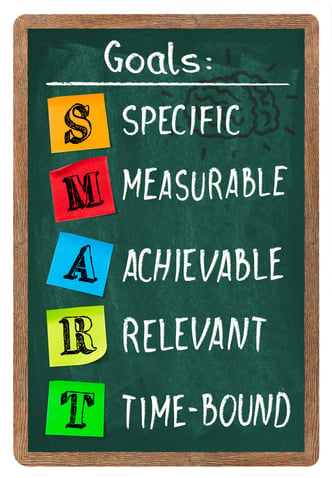 Think about some top goals you have. Maybe your top goal is to
Think about some top goals you have. Maybe your top goal is to 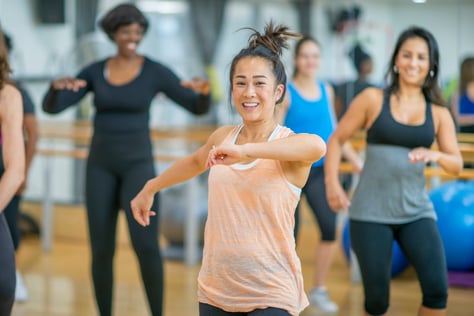 Consistency is arguably the most important component when working to accomplish goals, in or out of the gym. Without consistency, programs are unorganized, the body has a harder time adapting, and forming habits may be more challenging.
Consistency is arguably the most important component when working to accomplish goals, in or out of the gym. Without consistency, programs are unorganized, the body has a harder time adapting, and forming habits may be more challenging. So often in life people like to look at things as win or lose. But what if you switched your perspective to thinking of making progress by winning each day? With this simple shift, your days can be filled with more positivity and success instead of the typical mindset of losing or not being good enough.
So often in life people like to look at things as win or lose. But what if you switched your perspective to thinking of making progress by winning each day? With this simple shift, your days can be filled with more positivity and success instead of the typical mindset of losing or not being good enough.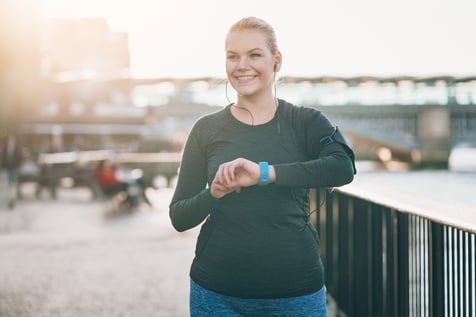 Have you ever told yourself you are going to lose weight and get fit in time for spring, only to be frustrated when warm weather rolls around?
Have you ever told yourself you are going to lose weight and get fit in time for spring, only to be frustrated when warm weather rolls around? When I discuss working out and fitness with others, one question that I normally ask is, “What are your goals?” and “What does your training look like?” Most times, there will be two responses. The first is from people who are casually exercising without a plan. If you are currently this type of person, don’t get me wrong, it’s good that you are being active, but what if I told you that there is a quicker way to achieve the results that you want?
When I discuss working out and fitness with others, one question that I normally ask is, “What are your goals?” and “What does your training look like?” Most times, there will be two responses. The first is from people who are casually exercising without a plan. If you are currently this type of person, don’t get me wrong, it’s good that you are being active, but what if I told you that there is a quicker way to achieve the results that you want?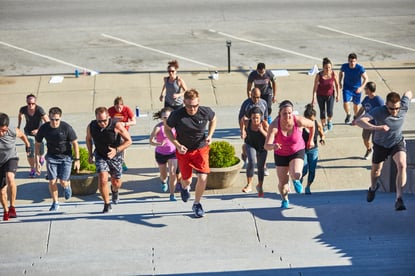 I want powerful legs! I want to increase my endurance! I want stronger and well-toned abs! I want toned arms! I don’t want to spend endless hours in the gym! Sound familiar? Chances are you have wanted these things at some point in your fitness journey. The great news is that all these are very possible to achieve, and you get them all in one stop.
I want powerful legs! I want to increase my endurance! I want stronger and well-toned abs! I want toned arms! I don’t want to spend endless hours in the gym! Sound familiar? Chances are you have wanted these things at some point in your fitness journey. The great news is that all these are very possible to achieve, and you get them all in one stop.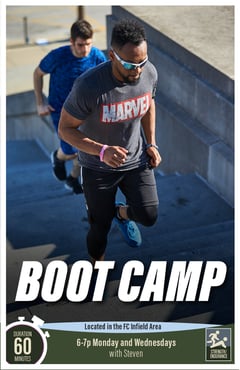
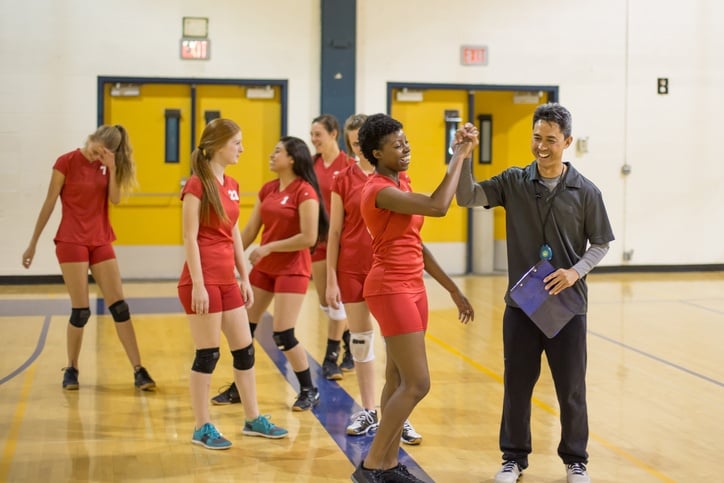 For many adults, memories of physical education class are usually one of two greatly different experiences. For me, physical education was the highlight of my day and was never a burden or stressor in my life. For others,
For many adults, memories of physical education class are usually one of two greatly different experiences. For me, physical education was the highlight of my day and was never a burden or stressor in my life. For others,